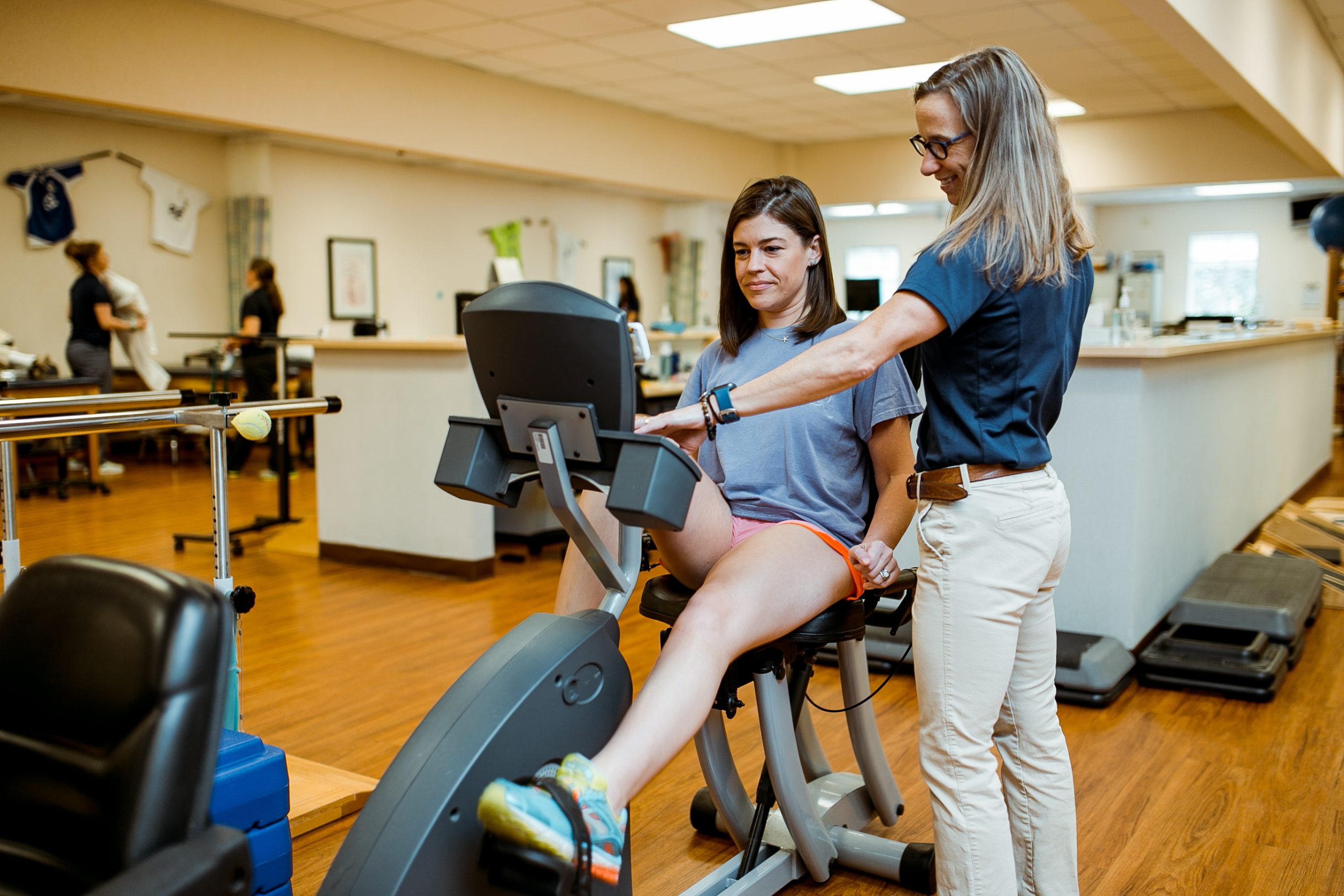Exploring the Diverse Methods of Physiotherapeutic Therapy for Improved Recovery and Rehabilitation
Exploring the Diverse Methods of Physiotherapeutic Therapy for Improved Recovery and Rehabilitation
Blog Article
Physical rehabilitation is an essential discipline that assists individuals heal from traumas, surgeries, and multiple medical issues. It entails a variety of techniques aimed to enhance movement, alleviate discomfort, and enhance overall bodily function. Physiotherapy therapists are qualified professionals who evaluate each patient’s needs and create customized care plans. These plans often include workouts, manual treatment, and education about physical movements. By employing these varied approaches, physical can significantly enhance a patient’s standard of living.
One frequent method used in physical is rehabilitative exercise. This involves specific actions and activities that assist strengthen muscles, enhance range of motion, and boost endurance. For example, a patient rehabilitating from leg operation may perform exercises that concentrate on restoring strength in the lower limb muscle groups. These exercises are meticulously selected based on the individual’s status and goals. By incrementally boosting the difficulty and complexity of the exercises, physical therapists can help patients regain their strength and movement over a period.
Another crucial method is manual therapy, which comprises hands-on methods to manipulate the human body soft muscles and articulations. This can entail flexibility exercises, mobilization, and manipulation. Manual treatment aims to relieve discomfort, reduce inflammation, and improve blood flow. For instance, a practitioner may apply gentle force to ease stress in tight muscles or to assist a joint move more smoothly. This method is often combined with other therapies to enhance recovery and encourage recovery. Patients often consider manual treatment to be a relaxing and effective way to control their discomfort.
In furthermore to workouts and manual therapy, instruction plays a crucial role in physiotherapy. Practitioners instruct patients about their conditions and how to handle them effectively. This may entail advice on correct This Site posture, body movements, and strategies to prevent subsequent injuries. For example, a therapist might demonstrate a patient how to lift weighty items properly to avoid injuring their back. By enabling clients with understanding, physiotherapy practitioners help them assume an active part in their rehabilitation and encourage long-term health and fitness.
Finally, technological advancements is increasingly being incorporated into physical methods. Tools such as sonography, electrotherapy stimulation, and virtual environments can enhance conventional treatment approaches. These technologies can assist alleviate pain, promote recovery, and provide interactive ways for patients to engage in their rehabilitation. For example, immersive environments can generate engaging environments for clients to practice actions in a safe plus secure environment. As technology continues to develop, it offers promising possibilities for enhancing recovery results in physiotherapy.
In conclusion, physiotherapy includes a range of techniques that function together to assist recovery and rehabilitation. Through rehabilitative exercises, manual therapy, patient instruction, and the use of technological tools, physical therapists offer comprehensive care tailored to each individual’s needs. This holistic approach not only helps clients recover their physical abilities but also enables them to maintain their health in the long-term run. As more individuals recognize the benefits of physiotherapy, it continues to play a crucial part in the journey toward improved health and well-being.